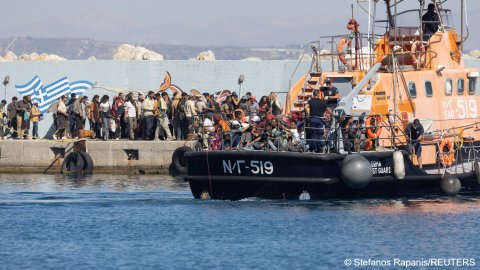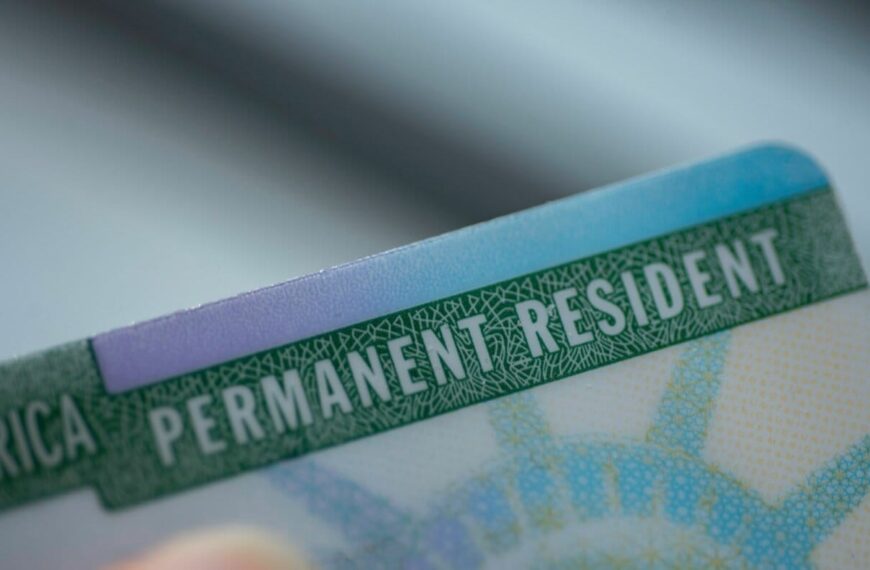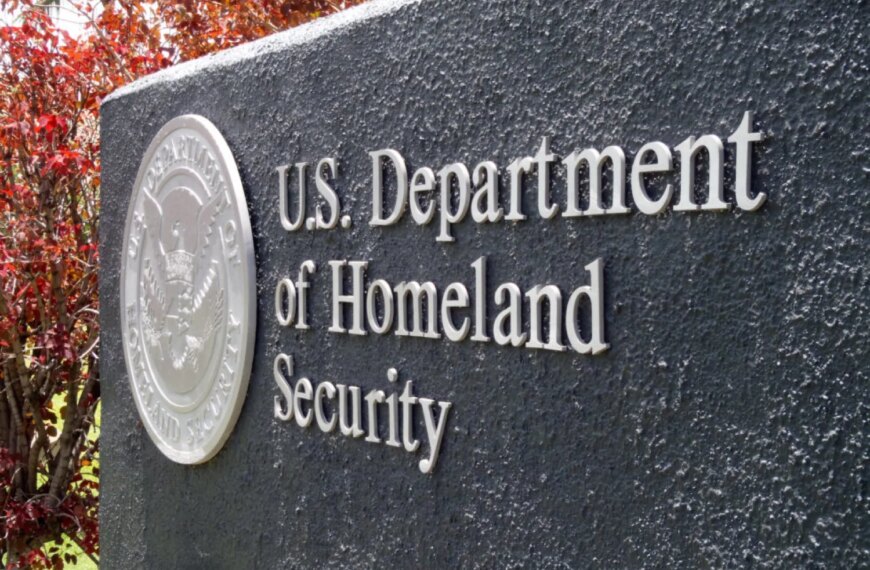Greek Coast Guard Rescues Hundreds as Libya-Crete Route Surges
The Mediterranean Sea continues to be a focal point for migration, with routes like the Libya-Crete pathway experiencing a significant increase in activity. Recent reports indicate that the Greek Coast Guard has been working tirelessly to rescue hundreds of migrants attempting the perilous journey across these waters.
Current Situation on the Libya-Crete Route
The surge in migration along the Libya-Crete route highlights ongoing challenges faced by many individuals seeking safety in Europe. As conditions in various regions worsen, particularly in countries like Libya, many migrants are willing to risk their lives for a chance at a better future. The Greek Coast Guard has recently responded to numerous distress calls, showcasing their role in humanitarian efforts.
Key points about the current migration patterns include:
Challenges Faced by Migrants
Migrants embarking on the Libya-Crete route face several challenges, including the risk of capsizing due to overcrowded vessels. Many boats are not seaworthy, making them particularly vulnerable to rough seas. Additionally, migrants often lack essential resources such as food, water, and medical supplies, intensifying the dangers associated with the journey.
The involvement of organizations focused on immigration reform and humanitarian aid is crucial in addressing these challenges. Agencies like the United Nations High Commissioner for Refugees (UNHCR) and various non-governmental organizations are working to provide assistance and raise awareness about the plight of migrants.
Response from Authorities
In light of the recent surge in rescues, authorities are prompted to reconsider their strategies regarding migration and border security. The Greek Coast Guard’s efforts are commendable, yet they underscore the need for comprehensive immigration reform that addresses the root causes of migration.
Important considerations include:
Future of Migration in the Mediterranean
The Libya-Crete route is not the only migration pathway experiencing changes; many other routes across the Mediterranean are also witnessing increased activity. As global conditions shift, so too will the patterns of migration. It is essential for governments and organizations to remain vigilant and responsive to these changes.
Recent news indicates that countries across Europe may need to reevaluate their policies regarding immigration and humanitarian aid. This could involve initiatives such as the following:
Conclusion
The rising number of rescues by the Greek Coast Guard serves as a stark reminder of the ongoing migration crisis in the Mediterranean. With the Libya-Crete route becoming busier, the need for a focused response that combines humanitarian efforts with effective immigration policies is paramount. By addressing the underlying issues that drive migration, authorities can work towards creating a safer environment for those seeking refuge and a better life.
As we navigate these complex challenges, it is crucial to maintain a dialogue about immigration reform and the protection of human rights. The experiences of migrants should lead to more informed discussions and actions aimed at fostering a more humane and just immigration system.










